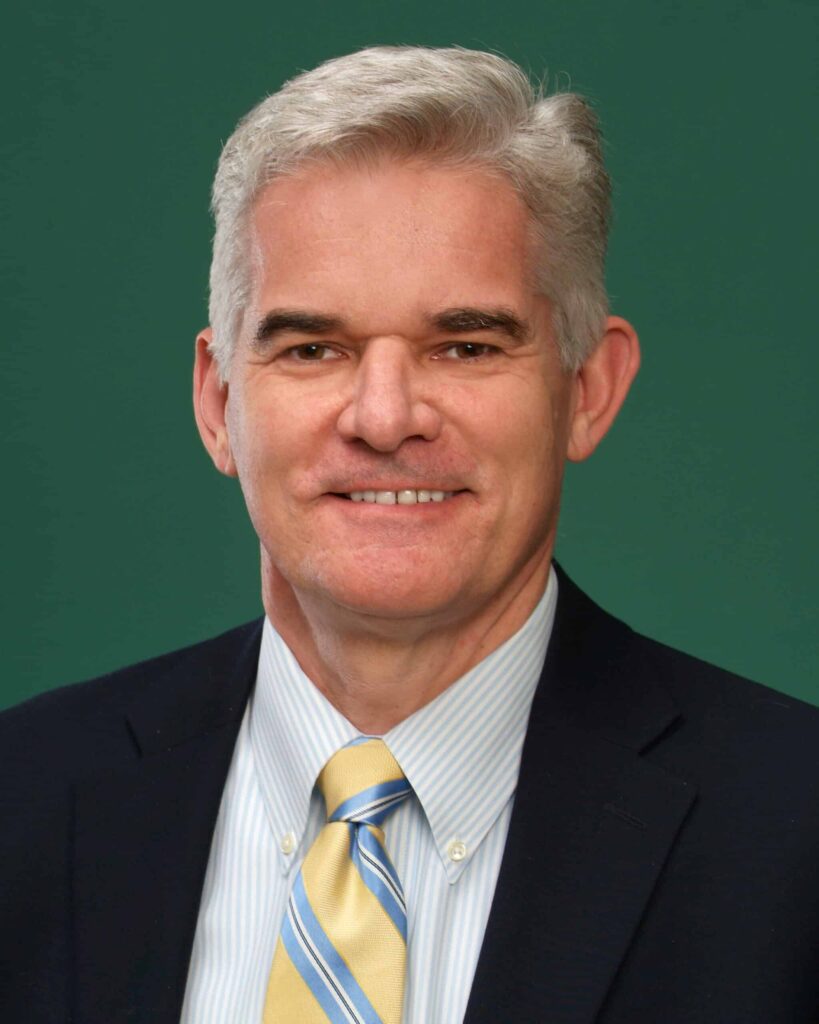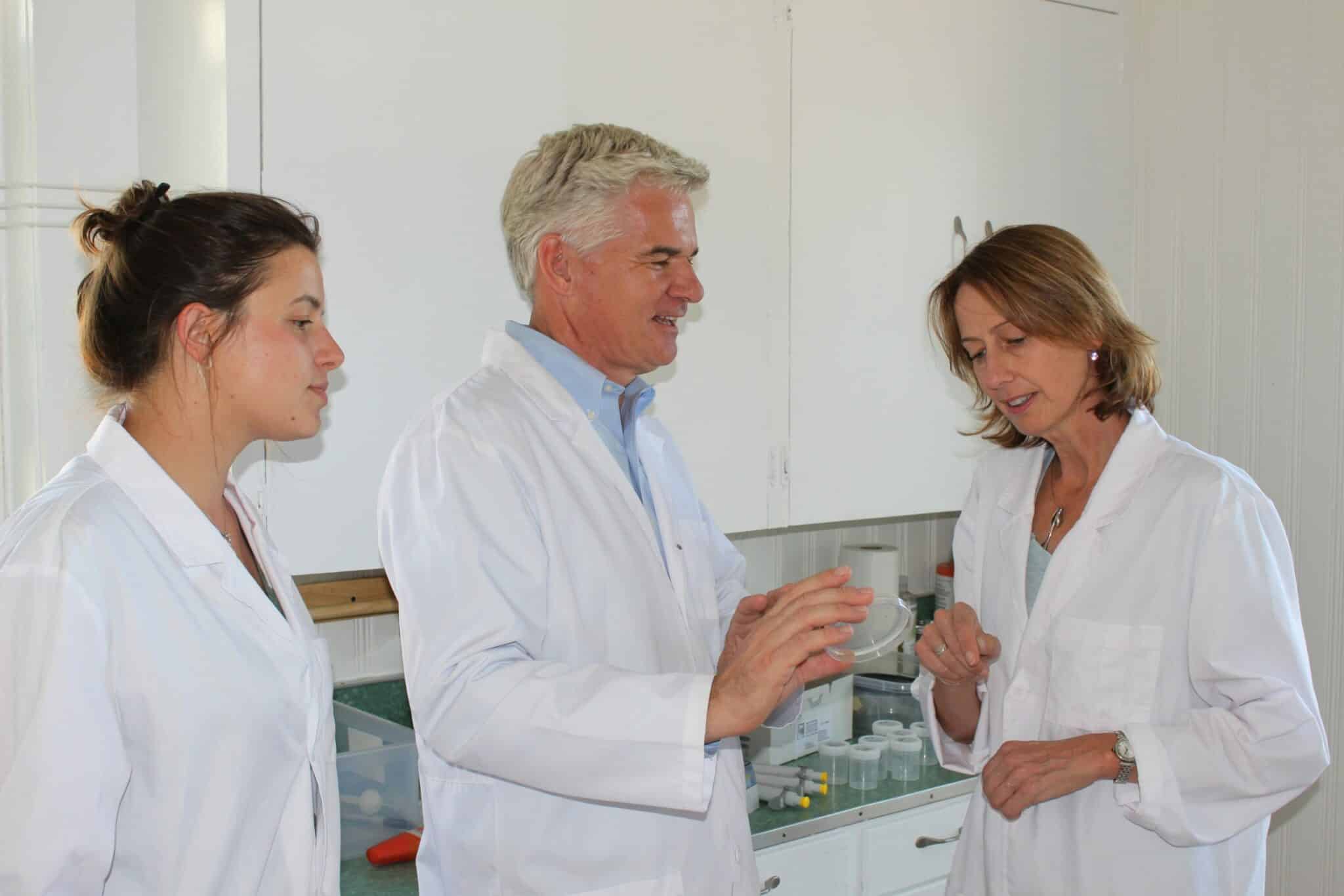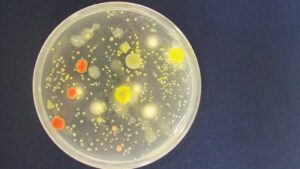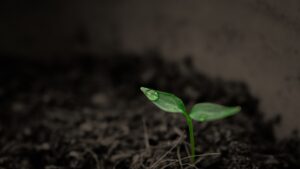The California-based BioConsortia develops microbial consortia for increasing agricultural yields. BioConsortia was established in 2014 as the parent company to New Zealand based subsidiary, BioDiscovery Limited, founded in 1994. The company specializes in the discovery and development of natural microbial products.
They now hold one of the world’s largest collections of pre-screened and characterized microorganisms, comprising over 65,000 microbes, including 9,000 endophytes, the microbes that reside in plant tissues and most directly affect survival and growth.
Seed World sat down with chief executive officer Marcus Meadows-Smith and microbiology and collection director Dr. Thomas Williams for this Day in the Lab feature, where we serve up some quick examples of what an organization does on a daily basis, based on where their strengths lie and what helps them to accomplish their goals on a typical day.
BioConsortia’s global corporate headquarters is located in Davis, Calif., in an ever-expanding community of biotechnology companies. New laboratories have been built to mirror much of the company’s New Zealand facility, leading to complementary development of microbial products.
On any given day, staff are:
Pushing Limits
“We’re pushing the microbiome to a new level. We are isolating microbes from healthy and high-performing plants that have grown in a stressful environment,” says Williams. “Stresses such as diseases, nematodes, drought, or nutrient (NPK) stress. Any plant that has been surviving would have a specific associated microbiome that helps it survive those stresses. We’re exposing the plant to field-like conditions and identifying what microbial isolates are helping those plants survive those extreme pressures.”

Getting Answers, Fast
“We have an advanced confocal laser scanning microscope,” Williams says. “It shoots lasers at a sample, and those lasers are at a certain wavelength so that when they hit our fluorescently tagged microbes, that fluorescent protein emits a specific wavelength of light. We capture that emitted light with advanced camera technology. Using this technology, we are able to take our plant sample and put it under the microscope and get an answer within seconds to see if the microbes are colonizing.”
Looking Beyond the Soil
“We try to think of the nitrogen cycle as a whole and nitrogen fixation, BioConsortia’s focus, is a part of it,” Williams says. “Plants can’t take nitrogen from the air and turn it into useable form, they depend on microbes to do that (or the farmer must add artificial fertilizer to the soil). We are looking at leads that fix nitrogen and those that impact the nitrogen cycle. We see that as a plentiful source of nitrogen you can tap into. In addition, we’re taking a more holistic approach and thinking of the whole cycle and how microbes play a role.”
Swapping Hats

“The first step is to operate more like plant breeders,” says Meadows-Smith. “We grow thousands of plants in the absence of or reduced nitrogen in the soil and see which plants are able to grow healthily. Then we know on that plant there is a natural population of bacteria helping the plant to grow. We move the microbes from those high performing plants onto the next generation of seed. We are effectively evolving the microbiome through that process, isolating individual strains off those highest performing plants that have grown for several generations.”
Using New Tools
“Just a few years ago you’d have come into our lab and seen a technician with scissors working on the plants,” Meadows-Smith says. “It’s now done in a far more technological way using digital imaging, robotics for root analysis, and fluorescence tagging of microbes to assess root colonization”













